Ford Kuga Estate (2008-2012) review
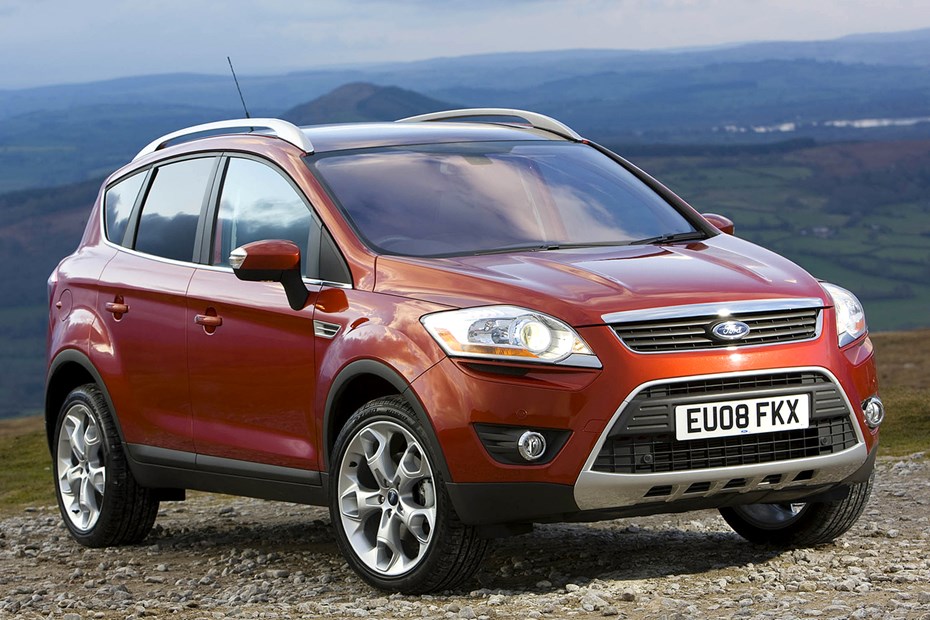
At a glance
| Price new | £21,348 - £29,705 |
|---|---|
| Used prices | £822 - £3,668 |
| Road tax cost | £265 - £735 |
| Insurance group | 18 - 25 |
Get an insurance quote with

|
|
| Fuel economy | Not tested to latest standards |
| Range | 392 - 682 miles |
| Number of doors | 5 |
| View full specs for a specific version | |
Available fuel types
Petrol
Diesel
Pros & cons
- Stylish looks
- Car-like handling
- Premium interior
- Restricted choice of engines
- Limited off-road ability
- Not as clever as alternatives
Ford Kuga (08-12) rivals
Overview
In 2008, the Ford Kuga brought the archetypal ‘popular family car’ that Ford excels at into the modern era of tall SUVs. Based on the critically-acclaimed Focus, Ford’s Nissan Qashqai rival pushed for an affordable blend of practicality, style and handling that makes it an appealing used car as well.
Some of the Kuga’s strengths can be attributed to the presence of Volvo and Land Rover in the wider Ford group, but it’s Ford of Europe engineering leading the way here. While Ford had offered 4x4s for British buyers before – the Nissan-based Maverick and its Mazda-shared successor, and the the US-import Explorer – the Kuga was the first purpose-built ‘SUV crossover’ designed almost entirely in house.
This means it feels like a Ford through and through. What it is not, however, is a hardcore off-roader. You can get 4x4 models with all-wheel drive, but most are fashion-first FWD family hatchbacks.
Used Ford Kuga Mk1 (2008-2012) buying guide
Despite the age of the original Kuga, there are still plenty on the road in the UK – you might not notice them, as they look so similar to the second and latest generations. Between 2008 and 2012 around 50,000 Kugas joined British roads, and around 41,000 are still in use. For comparison, between 2016 and 2019 around 40,000 new Kuga Mk2s were registered per year.
The majority of Mk1 Kugas are 2.0-litre diesel, which limits their appeal for clean-air zones and ULEZ. The sole petrol option was provided by a 2.5-litre five-cylinder turbo, also found in some Volvos and the contemporary Focus ST (and much upgraded, in the Focus RS). Diesel power spans 135hp to 163hp depending on age and spec, the 2.5-litre petrol has 200hp. Front-wheel drive models offer the lowest CO2 and the cheapest tax as a result.
Ford Kuga Mk1 known faults and common problems
One of the advantages of the Ford Kuga Mk1 is the simple range of mechanical variations – trim and options are another matter. Zetec is basic, Titanium is the good one, but we’d go by the car we’re looking at rather than discounting any specific models – they’re all quite well equipped.
On all Kugas look for kerbed wheels, bad/mismatched tyres and listen for knocking and rattles on the test drive – and don’t forget to check the condition of the interior at the back, as well as the front. The Kuga was made for family life, and potholes, school runs and commuting can all take a heavy toll on a car marketed like a tough 4x4, but based on a regular hatchback.
1. Battery drain and related electrical issues
The Ford Kuga is well-known for problems with the battery and parasitic drains. Causes are numerous – from alarm modules with failing backup battery, to in-cabin preheater (PTC). Symptoms are a flat battery sometimes as quickly as overnight, clicking from doors, failure of remote locking and random alarm triggering/sounding.
Checking for a parasitic load on the battery can be done by disconnecting the negative wire and connecting a multimeter or ammeter between. Choose one that can read milliamps. After ten minutes the draw should be less than 60mA.
If the seller doesn’t want you to do that test, ask for an extended 24 hour test drive and if the car has a flat battery or struggles to start, walk away. Diagnosing electrical faults is time consuming (and expensive if you can’t do it yourself).
2. Kuga diesel – particulate filter
The DPF can block as it can with any diesel. Beware of cars that have had it bypassed (the filter smashed out of the casing) as this should fail an MOT. Ford’s engine management will remind you to give the car a warmed-up, high-speed run to clear the filter – beware of unusually low mileage Kugas that may not have been allowed time to regenerate the DPF.
3. Kuga AWD (4x4) – Haldex problems
Testing the 4x4 system is tricky unless you have loose surfaces to hand. We would recommend paying for a specialist inspection on all but the cheapest Kugas. Look for signs of a caring owner such as receipts for Haldex fluid changes every 30,000 miles or three years, and tyres of a good brand and changed in sets of four.
If the warning message ‘AWD Malfunction’ shows up, it’s too late for a service to fix it, and a repair bill is inevitable. However, the Haldex AWD system can also malfunction due to sensor problems such as ABS rings and sensors – a good diagnostic code reader is essential.
4. Ford Kuga clutch and dual-mass flywheel
Juddering when pulling away could affect Ford Kugas even at low mileages, and with the oldest cars now closing in on two decades of use the dual-mass flywheel, diesel and clutch combination is going to be a concern for any used buy. As well as juddering at the biting point, listen for rattles/clonking and even a sort of ‘yelp’ sound when driving more aggressively.
Clutch slip is also a factor to watch for, which can be checked by engaging a high gear at low speed and revving. If the revs rise, but the car doesn’t go much faster, the clutch is on the way out. You should budget a four-figure sum for renewal, and while this is a wear and tear item on an older car it could be a significant chunk of the trade value, should you need to change it before you’ve got much use out of it.
5. Diesel engine – turbocharger issues
On higher mileage TDCi engines the turbocharger can wear out – not unusual for any car, but a big bill to put right particularly if it’s been burning a lot of oil. Look for smoke under hard acceleration on the test drive, and inspect with a torch. Loss of power can be down to sensors and actuators rather than the turbocharger itself.
6. PowerShift automatic – avoid?
Ford’s answer to DSG is the ‘PowerShift’ dual-clutch gearbox, which is used on many models of this era. In the Kuga it’s a wet-clutch six-speed 6DCT450 – and it should have had fluid changes every three years. Chances are, it hasn’t, and that’s why they have a bad reputation. Or at least part of it – as the clutches wear, more strain is placed on the gearbox.
Worn clutches can be caught at the first sign of slip and remain moderately affordable to replace as a consumable, wear item. However, if the shifts are starting to become harsh or if there’s any mention of it ‘banging’ into gear, walk away. The gearbox could cost as much as the car.
Seriously neglected examples will need a new ‘brain’ or mechatronic/valve body as the hydraulic control elements can be blocked and damaged.
The 2.5 Turbo petrol Kuga uses a conventional five-speed automatic, which if it is looked after should be perfectly reliable up to high mileages. It’s still important to see invoices for fluid and filter changes.
7. TDCi timing belt change
On early Kugas with low mileage, check that the timing belt has been changed at 10 years. The mileage recommendation was unusually high at 125,000 miles. Even if the belt is okay (a gamble we wouldn’t take) the water pump is also due to be changed at the same time, and that will almost certainly have failing bearings if ignored.
It isn’t a particularly complex belt to change for most garages, as the fuel timing is handled by electronics and sensors.
8. Electronics and sensors
The Ford Kuga is a modern design and it’s reliant on ECUs for everything. Use the code reader, check that all the doors lock and unlock, that the displays are correct for climate control, outside temperature and where fitted, the sat nav which provides the interface for a lot of the higher-end features.
Keys and immobilisers can be a problem on Kugas that have had electrical issues.
9. Heated windscreen – does it work?
In common with many Fords of the era, the Kuga is likely to have a heated windscreen. This is best tested in winter when the car mists up, though you could use an infrared thermometer. As the heating elements fail over time much like old-fashioned lightbulbs, this is one case where a car having had a replacement windscreen recently is a bonus.
It’s theoretically possible to see if a significant number of elements have broken by testing how much current the windscreen draws at the fusebox, but that’s only really useful for significant loss of heater wires.
10. Bodywork and rust
A Ford, and rust is the last item? Yes, the Kuga is actually quite good when it comes to resisting corrosion. Rust on door bottoms and around arches can be an issue on older cars, and on any car from snow-prone or coastal regions expect subframe, suspension and exhaust rust, but on the whole if the Kuga looks clean and solid, it’s likely to be okay and any rust is potentially due to accidental damage.
What’s the Ford Kuga Mk1 like to live with?
Popular and easy to find, the Kuga is designed to fit the needs of Britain’s families and landscape. If you would like to know more about the original Ford Kuga’s practicality, interior, comfort and handling – and see how it performed against contemporary rivals – read the rest of the Parkers full review of the 2008-2012 Ford Kuga.



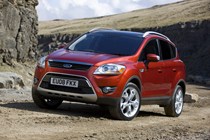
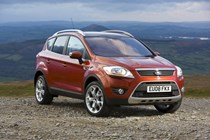
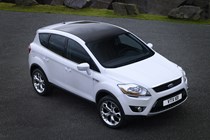
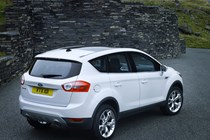
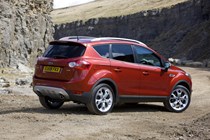

.jpg)
.jpg)
.jpg)
.jpg)
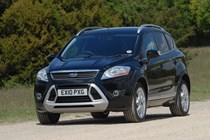
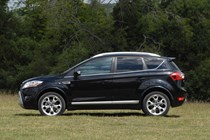
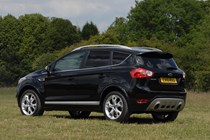
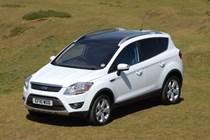
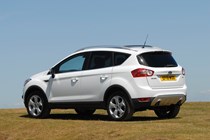
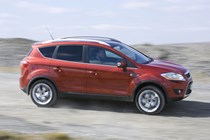
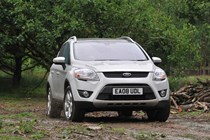
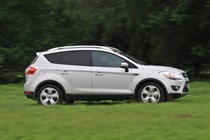
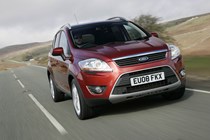
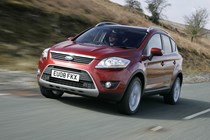
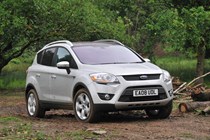
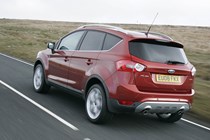

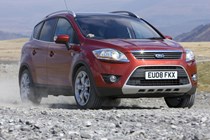
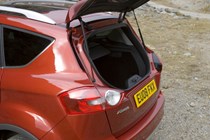
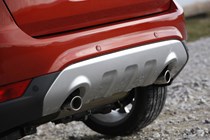
.jpg)
.jpg)
.jpg)
.jpg)
.jpg)
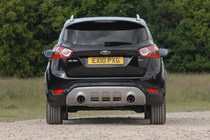
.jpg)
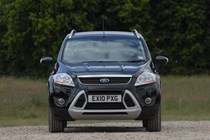
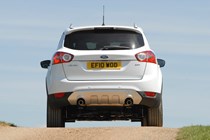
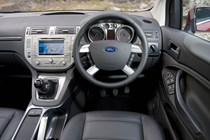
.jpg)
.jpg)

.jpg)
.jpg)
.jpg)
.jpg)
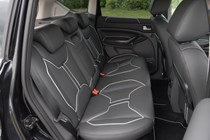
.jpg)
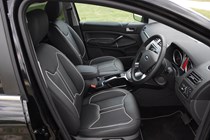
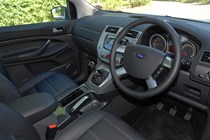
.jpg)
.jpg)
.jpg)
.jpg)

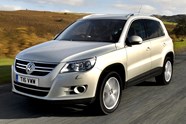
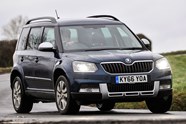








.jpg?quality=50)
.jpg?quality=50)
.jpg?quality=50)
.jpg?quality=50)
















.jpg?quality=50)
.jpg?quality=50)
.jpg?quality=50)
.jpg?quality=50)
.jpg?quality=50)

.jpg?quality=50)



.jpg?quality=50)
.jpg?quality=50)

.jpg?quality=50)
.jpg?quality=50)
.jpg?quality=50)
.jpg?quality=50)

.jpg?quality=50)


.jpg?quality=50)
.jpg?quality=50)
.jpg?quality=50)
.jpg?quality=50)
